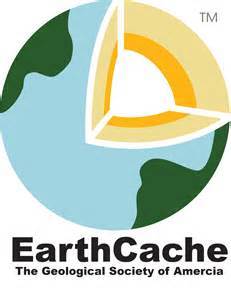
At the published coordinates are two statues facing each other. Two politicians forever locked in a political debate. Maybe they're sharing the finer points of legal strategy, or arguing about the changes that they see around them every day? The two were not contemporaries and never met but whenever I see them I imagine Disraeli asking Hampden to show him where he lives, and Hampden pointing and saying "Yes, Prime Minister".

John Hampden is a widely revered character in Aylesbury's history. During the English Civil War from 1642, as Member of Parliament for Buckinghamshire, Hampden led his troops gallantly and well, and was an expert strategist. At the Battle of Edgehill Hampden was successful in halting the Royalist charge and the siege of Reading resulted in a Royalist surrender due to Hampden's skill at battle. But locally Hampden is most remembered for his role in the Parliamentarian success at the Battle of Aylesbury, which took place on 1st November 1642 near Holman's Bridge. Hampden's troops were victorious at Aylesbury despite being heavily outnumbered by Prince Rupert's men. Ultimately Hampden's life was cut short in 1643 at the Battle of Chalgrove Field when his own gun exploded. Hampden was able to make it back to Thame and to his headquarters at the Greyhound Inn, but he died from his injuries six days later on 24th June 1643.
This Earthcache is concerned primarily with the pedestal on which John Hampden stands.
Limestone is a sedimentary rock, which means that it was formed from the settlement of calcium carbonate and micro-organisms on the bed of a warm, deep ocean over millions of years. As a building material limestone is popular because it is hard and durable and stands up well to exposure. However unless there is a ready local source of the material its heaviness makes it an expensive stone to build from as it has to be transported over long distances. The most popular limestone for use in buildings and statues is Portland Limestone from Portland in Dorset, due to its rich creamy-white colour.
Aylesbury sits on a seam of limestone, which settled in the Jurassic period when most of this area was underwater. Limestone was quarried locally well into the twentieth century and many local buildings, especially churches, are constructed from the material. Many of the properties of the local limestone are similar to the limestone quarried in Portland, except the Aylesbury limestone is duller and features more greys and browns than white. Limestone from Portland also has a richer fossil record than the local material; the fossils tend to be larger and occur more frequently, and are easier to spot due to the creamy-white colour of the stone.

Onto this EarthCache:
As stated above this is an EarthCache so there is no container to find or log book to sign. Instead read the questions below and send me the answers via my profile above in order to be able to log a find. You may log this cache as found before you have heard from me, however any logs without a corresponding email may be deleted without further notice.
- Study the limestone pedestal of the John Hampden statue (pictured above). Please provide a description of the stone in terms of colour, texture and grains.
- The stone is discoloured in some places. What do you think is the cause of this discolouration?
- There are various fossils visible in the limestone that the pedestal is made from. Find one and describe it in terms of size, form and colour. What creature do you think it used to be?
- Read the description above of limestone from Portland and limestone from Aylesbury. Was the limestone used in the pedestal quarried locally or imported? Please give a reason for your answer.
- (Optional) Please provide a photograph of yourself with your log, following John Hampden's lead and pointing. At yourself, at Hampden, at the middle distance, or wherever.